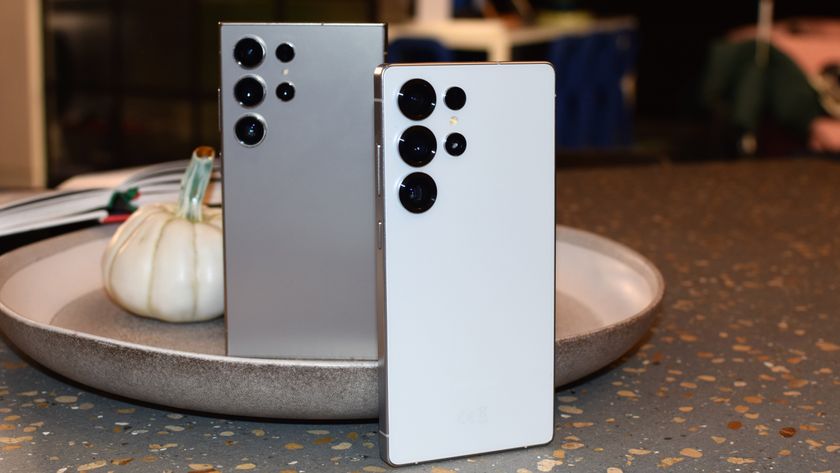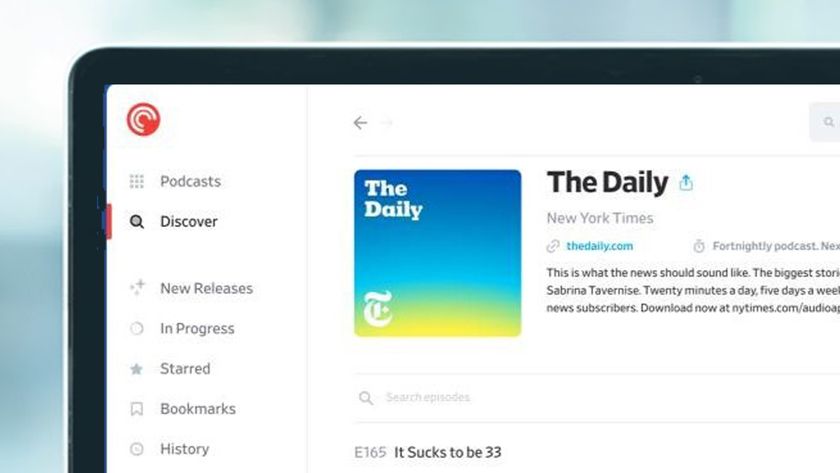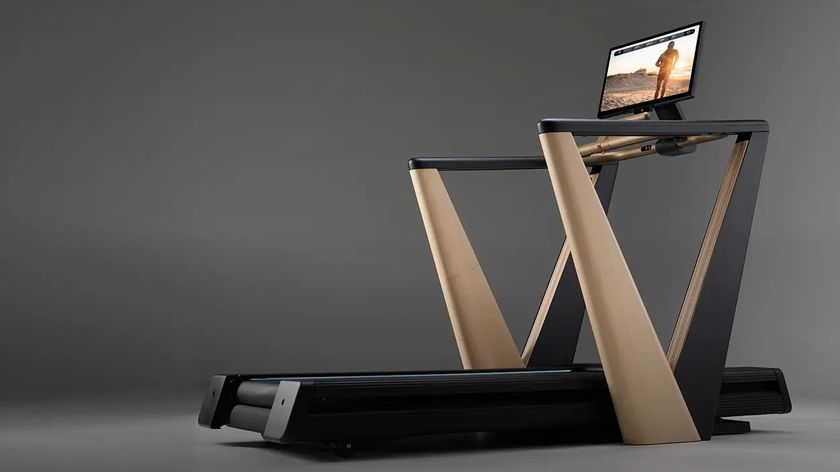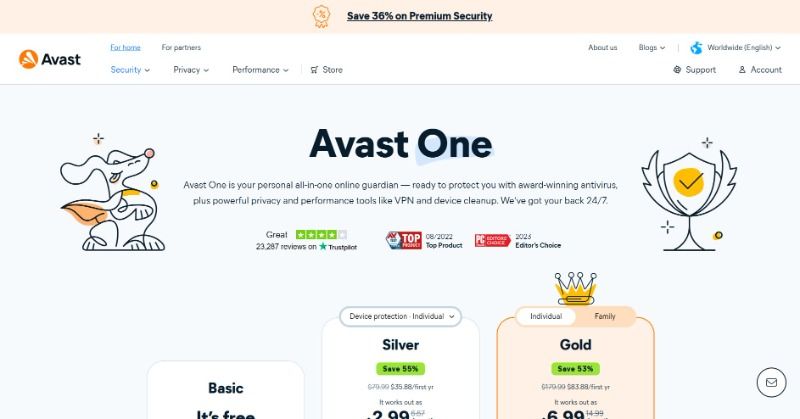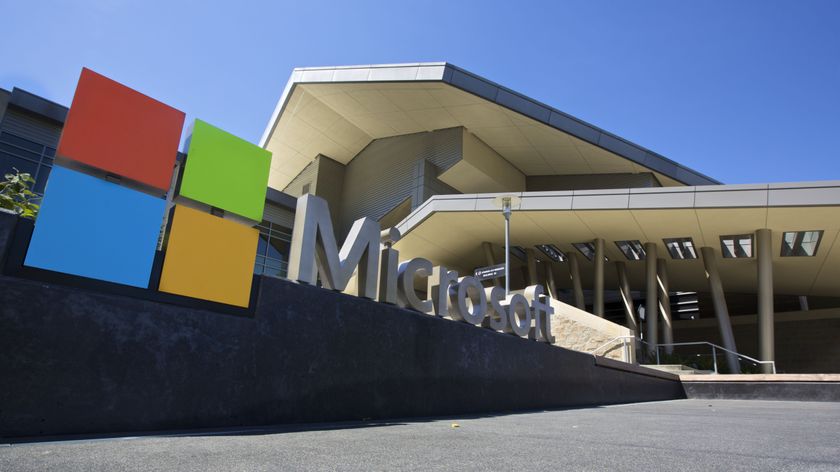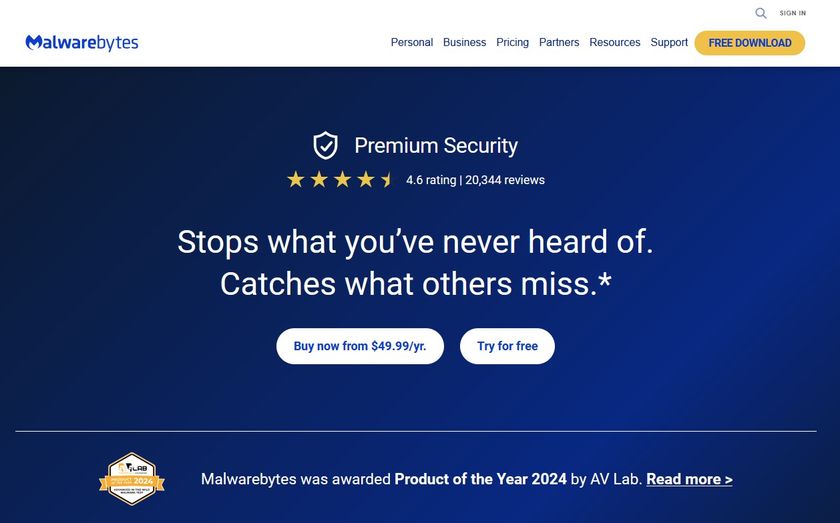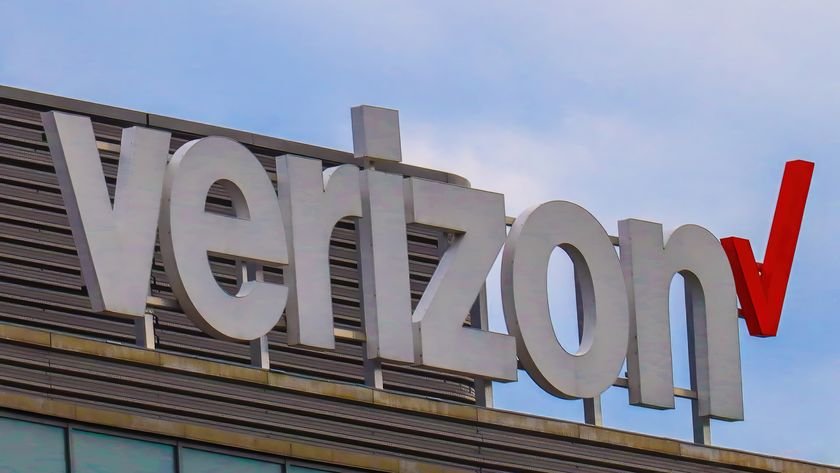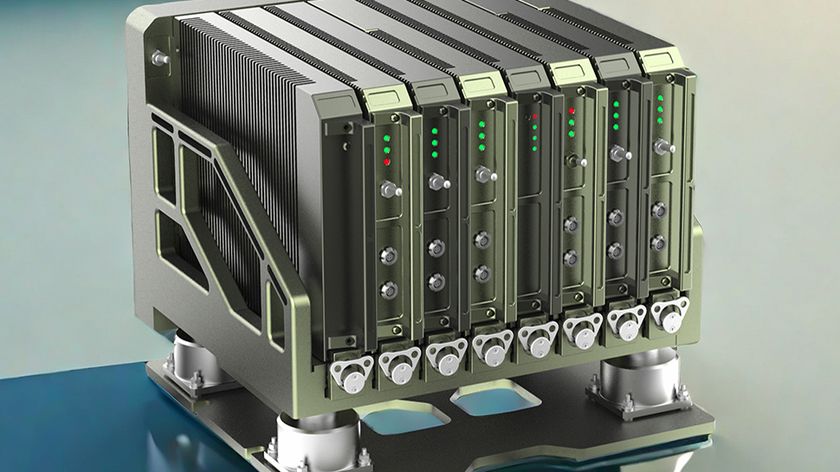Windows 10 antivirus is getting a huge upgrade
Microsoft wants to make its Windows 10 antivirus service simpler and more effective

Microsoft has unveiled a series of changes to its Windows 10 antivirus service that will bring all the company’s extended detection and response (XDR) facilities under one roof.
Announced at the company's Ignite 2020 event, the changes will see Microsoft 365 Defender (formerly Microsoft Threat Protection) and Azure Defender consolidated under the umbrella of the Microsoft Defender antivirus service.
The company claims the offering will provide the “broadest resource coverage of any XDR in the industry”, using AI to analyze attacks across different vectors and deliver automatic resolutions where possible.
- We've built a list of the best malware removal software right now
- Check out our list of the best password managers on the market
- Here's our choice of the best ransomware protection available
Microsoft Defender (the default Windows 10 antivirus) has also been integrated with the firm’s security information and event management tool (SIEM), Azure Sentinel. The cloud-native SIEM draws in data from Microsoft Defender and other sources to deliver a comprehensive view of each attack and rank threats by priority.
The firm also announced that Microsoft Defender for Endpoint (formerly Microsoft Defender ATP) has entered general availability on Android and landed in preview on iOS, meaning the service is now available across all major operating systems.
On mobile platforms, the service will shield against phishing attacks, dangerous apps and malicious files, and can be used to wall off corporate data to minimize the risk of a breach.
Windows 10 antivirus
According to Microsoft, the move to consolidate its security offerings is designed to minimize complexity - and the issues that might arise as a result.
Are you a pro? Subscribe to our newsletter
Sign up to the TechRadar Pro newsletter to get all the top news, opinion, features and guidance your business needs to succeed!
“Security teams have historically struggled to keep up with threats and signals across a patchwork of poorly integrated solutions that fail to cover the breadth of workloads, clouds and devices that businesses run on,” explained Vasu Jakkal, VP of Microsoft Security, Compliance and Identity.
By consolidating its XDR facilities and integrating with Azure Sentinel, Microsoft is hoping to simplify threat detection, analysis and resolution - especially in the context of changes brought about by the pandemic and remote working boom.
“Digital security is about people - it’s about empowering defenders to defend and protect employees, data, work and personal safety. It’s about making people and organizations resilient in an environment of unexpected change, like widespread remote work,” added Jakkal.
“Today we’re delivering a new set of security, compliance and identity innovations to help all customers simplify and modernize their environments by embracing the reality that the past seven months have likely reshaped the next 10 years of security and digital transformation.”
- Here's our list of the best endpoint protection services around

Joel Khalili is the News and Features Editor at TechRadar Pro, covering cybersecurity, data privacy, cloud, AI, blockchain, internet infrastructure, 5G, data storage and computing. He's responsible for curating our news content, as well as commissioning and producing features on the technologies that are transforming the way the world does business.






